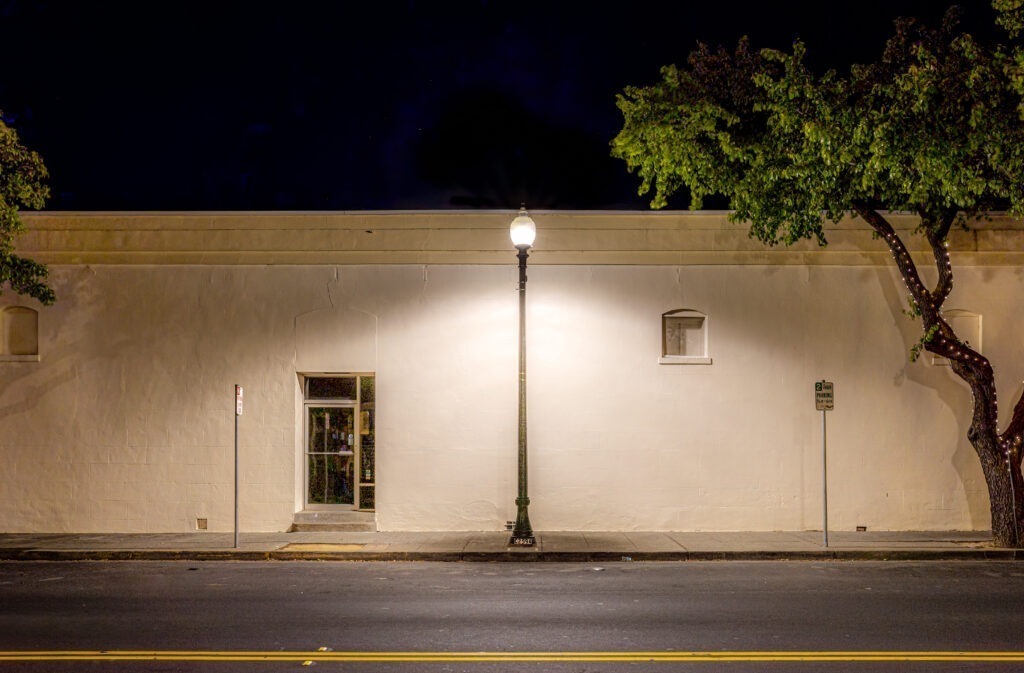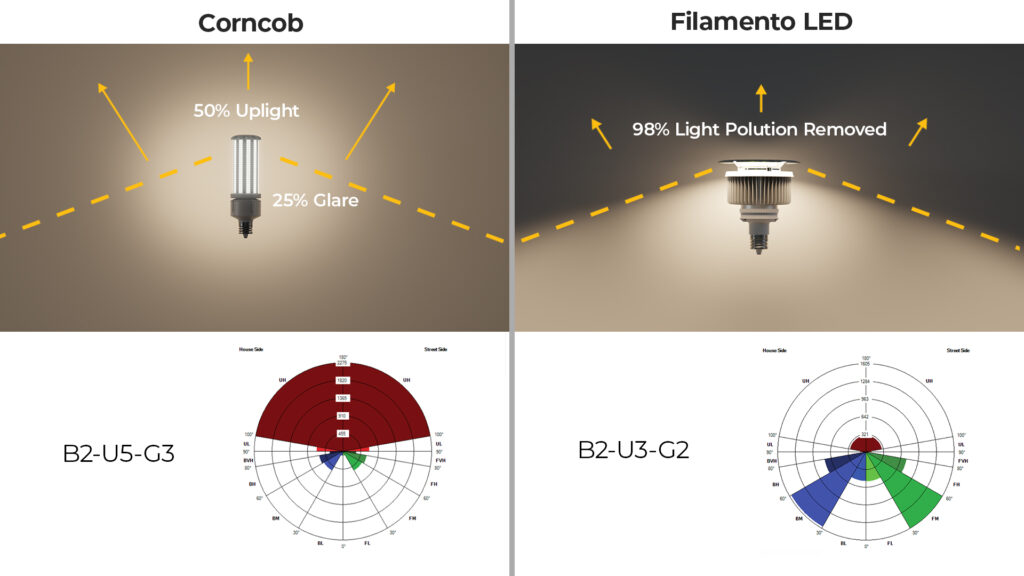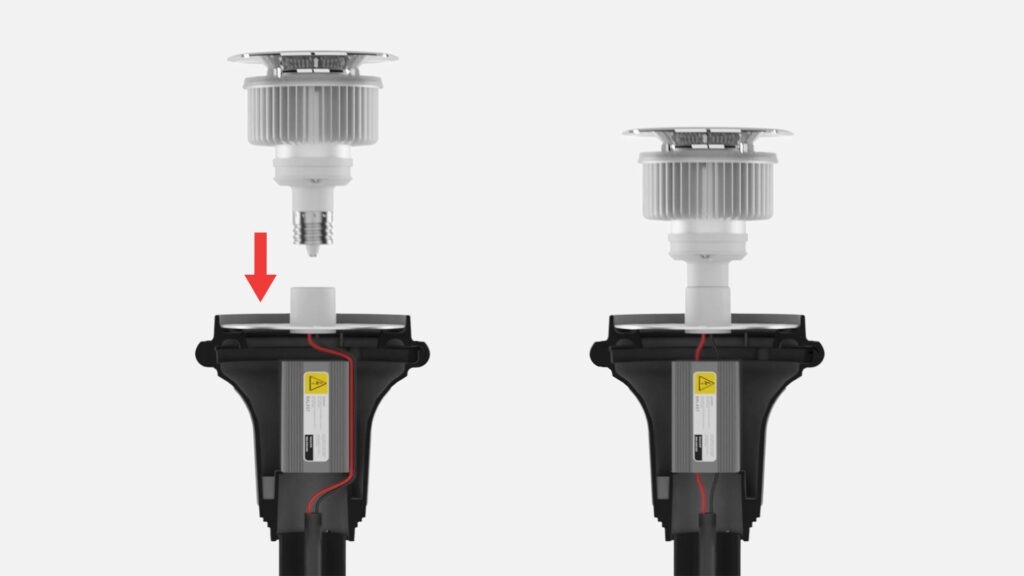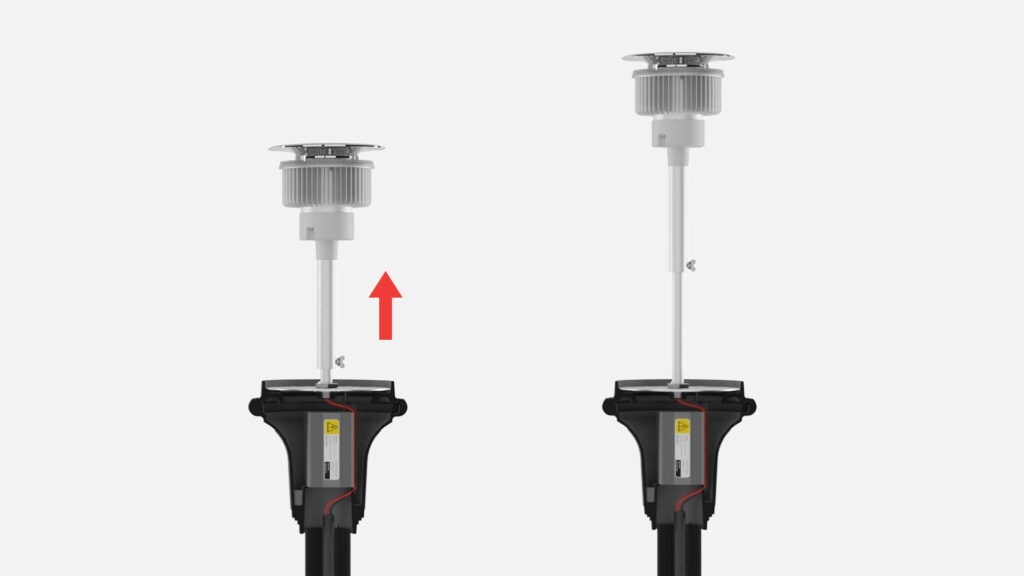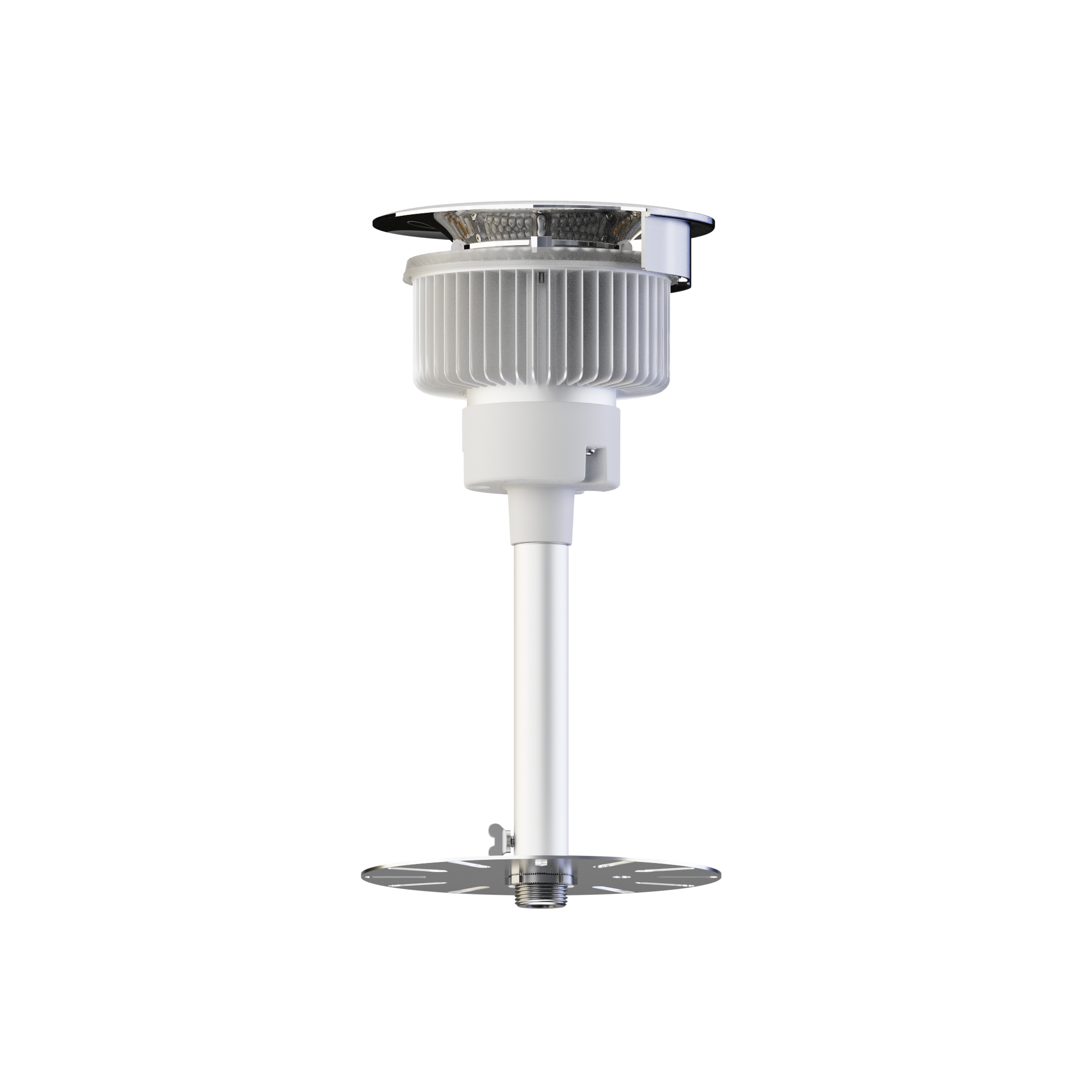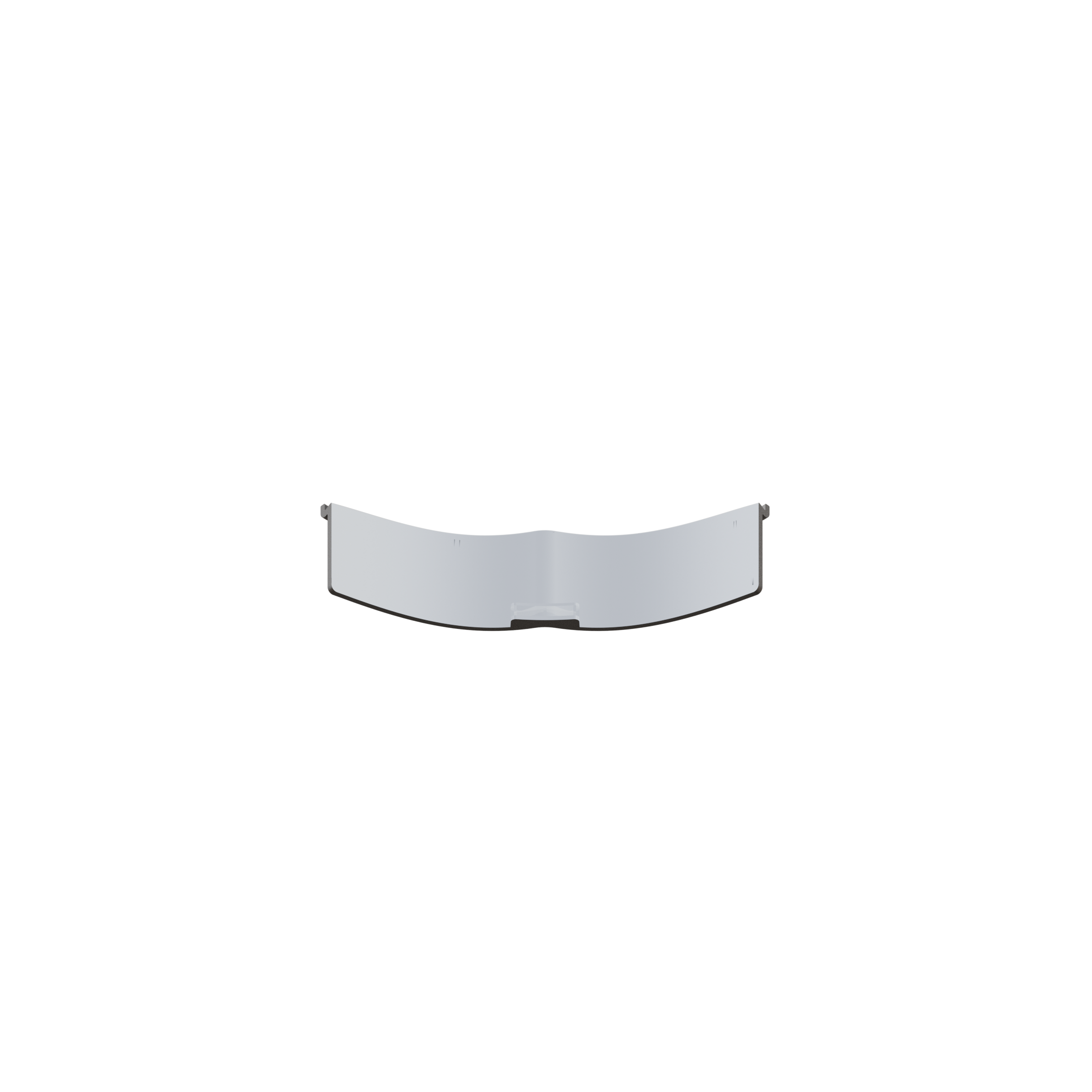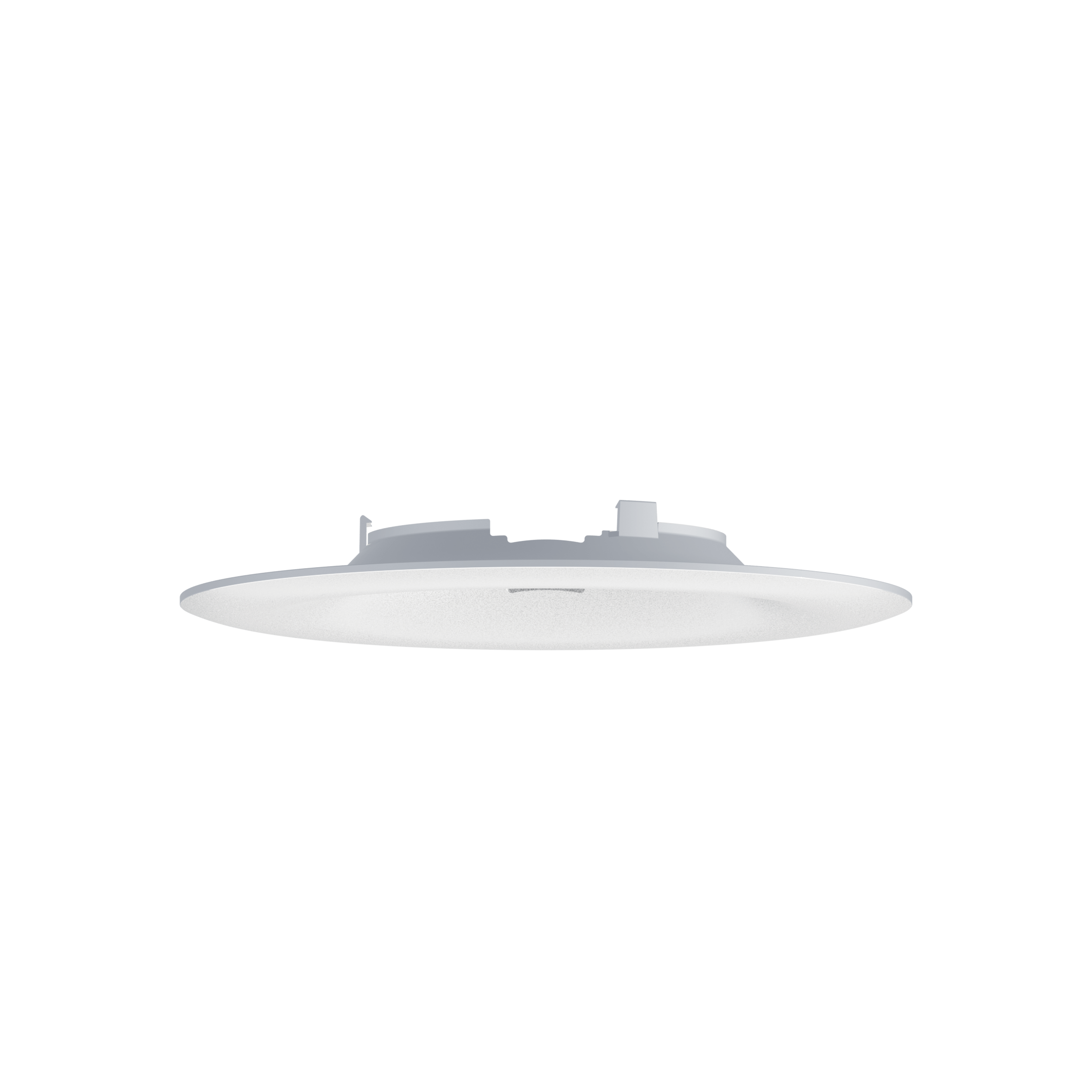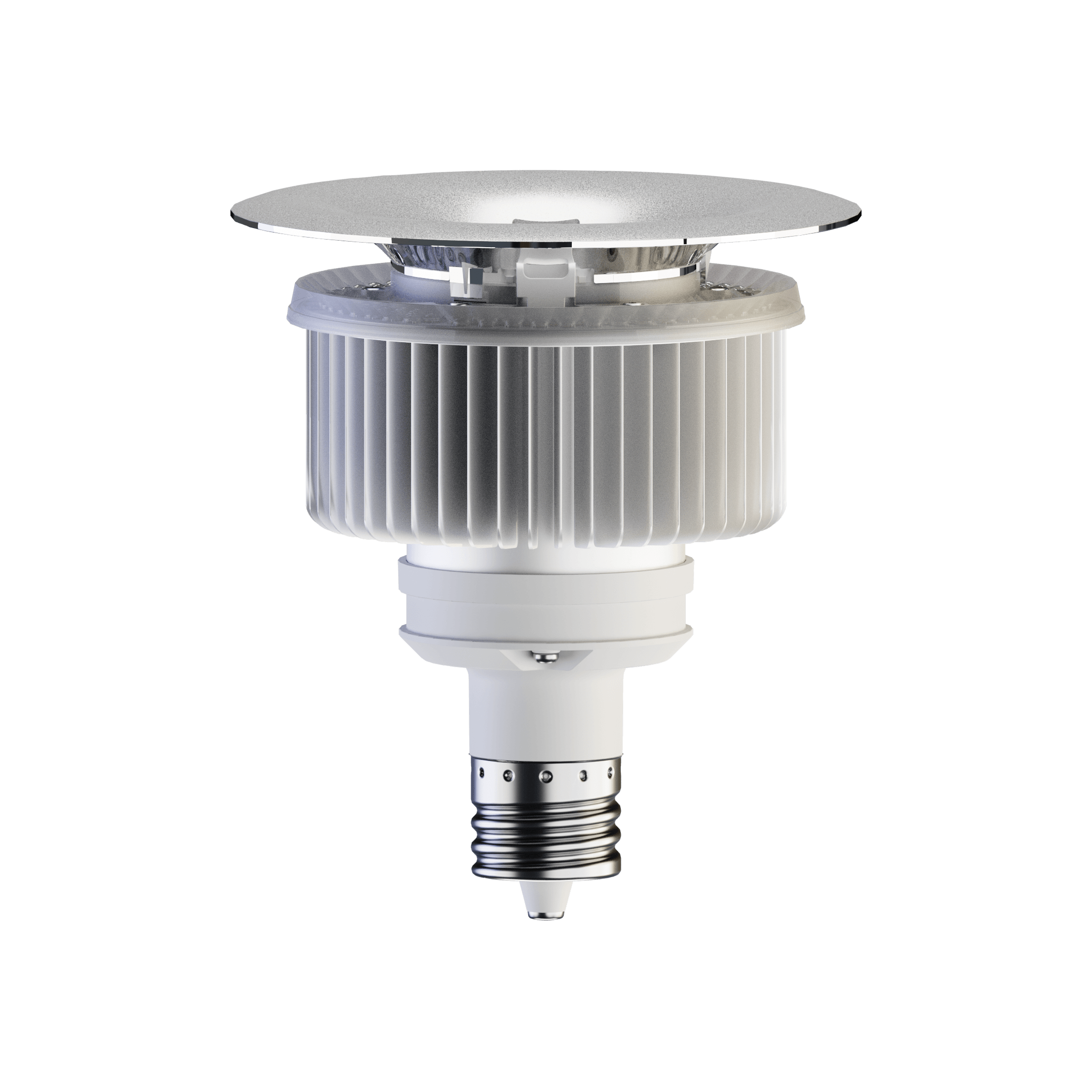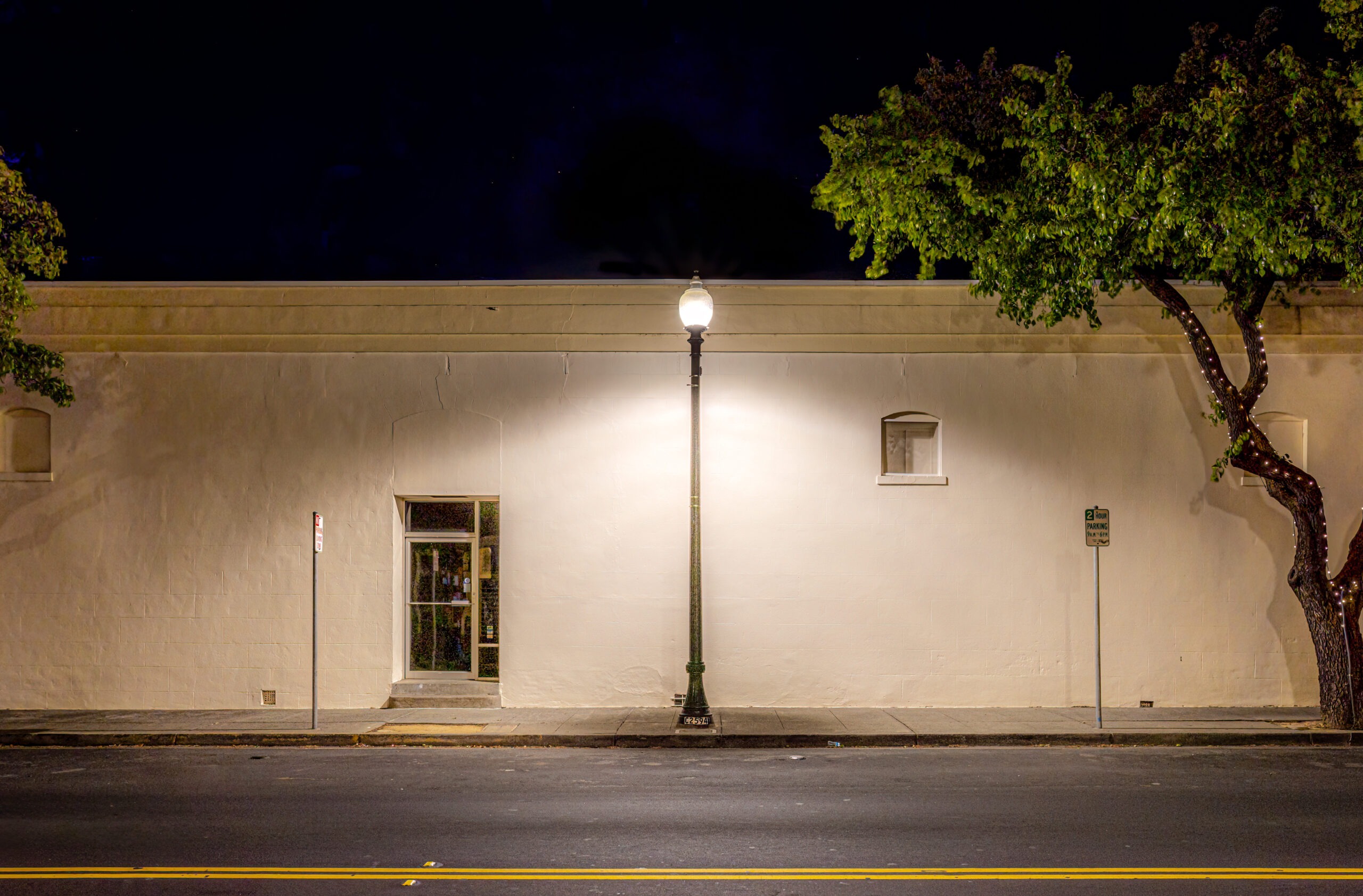Applications
Dark Sky Friendly Post Top
Acorn and Lantern-style post-top lighting is a favored option for outdoor areas such as parks and streets. Traditional High-Intensity Discharge (HID) lamps in these fixtures consume a lot of energy and are one of the largest contributors to light pollution. Conventional solutions to switch over to LED fixtures are costly, alters the aesthetics of the fixture, and may still result in significant light pollution. Filamento has developed a retrofit solution that addresses all these issues.
Proven Solution
Filamento’s Post Top Retrofit is a proven solution. The picture to the right demonstrates our low uplight and high light levels on the ground, leading to safer streets due to increased visibility on sidewalks and roads. Details of this installation can be further seen in our Vacaville case study.
98% Reduction in Light Pollution
Filamento’s post top retrofit has low backlight, uplight, and glare (B2-U3-G2). Other LED retrofits, such as ‘corn cobs,’ have high backlight, uplight, and glare (B2-U5-G3). Filamento’s solution removes 98% of the light pollution by directing this otherwise wasted light onto the ground. In a study conducted by Filamento, a metropolitan area with 500 post tops can eliminate up to 3,500,000 lumens of light pollution.
Energy Saving, 2 Year ROI
A study conducted by Filamento shows that a metropolitan area with 500 post tops can save up to $34,000 annually by switching to LED. The typical ROI for a small city is ~2 years.
